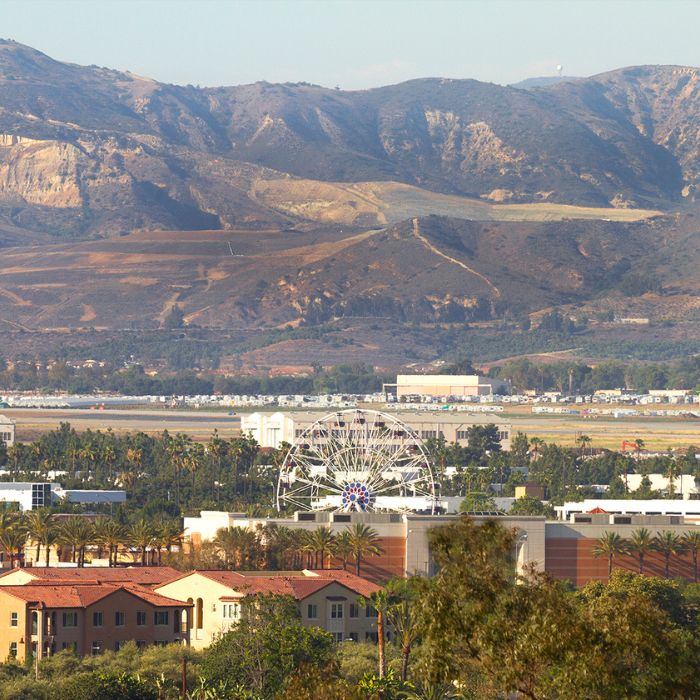Transitioning from an S-Permit to a B-Permit in Switzerland: What to Expect in 2025
October 23, 2024
By: Mihaela Dumitru
Switzerland has long been recognized for its structured and well-regulated approach to immigration.
Among its various permit types, the S-permit is particularly significant for individuals fleeing conflict or persecution and was activated for the first time when the war in the Ukraine began in March 2022. Recently, the Swiss Federal Council announced an extension of the S-Status until March 2026, providing some clarity on the future of this temporary measure.
However, many individuals holding S-Permits are now considering their options for more permanent residence and work rights in Switzerland, particularly through transitioning to a B-Permit.
This blog explores the key differences between the S-Permit and the B-Permit, the labour market testing requirements, and what individuals and employers can expect in 2025 if heading toward this transition.
The S-Permit: Temporary Protection with Limited Rights
The S-Permit was designed as a fast-track solution for individuals fleeing war zones or situations of extreme crisis and was activated for the first time due to the war in the Ukraine. It provides temporary protection in Switzerland, allowing holders to remain in the country without the need for a full asylum process. Ukrainian nationals holding an S-Permit can work and access social services, but their rights are limited compared to other residence permits, such as the B-Permit.
While the S-Permit offers protection and temporary residency, it does not offer a clear path to permanent residence, nor does it provide long-term security for individuals wishing to settle in Switzerland. This has led many to explore other permit options, particularly as the March 2026 extension offers a limited time frame to plan for the future.
Transitioning from S-Permit to B-Permit
For S-Permit holders considering a transition to the more secure B-Permit, several factors come into play. The B-Permit offers a longer-term solution for residency and employment in Switzerland, usually granted for one year with the option of renewal.
However, transitioning from an S-Permit to a B-Permit is not automatic and involves meeting several criteria. The most important of these are labour market testing and integration requirements for family members.
Labour market testing ensures that priority is given to Swiss citizens and residents when filling job vacancies. For S-Permit holders, this means that before a B-Permit can be granted, the prospective employer must prove that there are no suitable Swiss or EU candidates available for the position.
The process typically involves the employer posting the job for a set period and demonstrating that they have been unable to find qualified candidates from within Switzerland or the EU. Only once this step is completed successfully can the employer offer the position to the S-Permit holder and apply for their B-Permit.
Integration Requirements for Spouses
Another important factor in securing a B-Permit is family integration. S-Permit holders’ spouses will be expected to demonstrate their ability to integrate into Swiss society, particularly through language skills. This aligns with the Swiss government’s broader immigration policy, which emphasises the importance of cultural and social integration for long-term residents.
For many S-Permit holders’ spouses, this could mean taking language courses and actively participating in local community activities to demonstrate their commitment to integrating into Swiss society. While these requirements may vary depending on the canton, it is important for individuals to be proactive in meeting these expectations well before applying for the B-Permit.
Expectations and Planning for 2025 and Beyond
Looking ahead to 2025, several factors will influence the transition from S-Permit to B-Permit. Firstly, the extension of the S-Permit until March 2026 provides a clear timeline for those wishing to secure longer-term residency.
However, given the temporary nature of the S-Permit, there may be increasing pressure on individuals to transition to more stable permits.
Additionally, the labour market testing requirement is expected to remain a critical step in the process. Employers seeking to hire S-Permit holders will need to navigate this process carefully, especially as competition for jobs may increase due to economic uncertainties or shifts in labour demand.
For those working in sectors with high demand and skills shortages, such as healthcare, IT or engineering, the transition may be smoother, but in other sectors, the competition could be more intense.
For S-Permit holders, now is the time to start planning and working closely with employers to ensure a smooth transition. For employers, being aware of the requirements and offering support to S-Permit holders will be key to navigating this process successfully.
Need to know more?
For further information on S permits or the transition from S to B permits, as well as on any other Swiss immigration requirements, please contact Manager Mihaela Dumitru at [email protected].
This blog was published on 23 October 2024, and due to the circumstances, there are frequent changes. To keep up to date with all the latest updates on global immigration, please subscribe to our alerts and follow us on LinkedIn, X, Facebook and Instagram.















